The Academy Awards honors two categories in sound that may seem confounding but there’s a simple distinction between the awards. Sound editing references all the sound elements created for a film besides its music – the sound effects, foley, dialogue, or ADR – an example, the lightsaber in Star Wars or you can look at it as all the ingredients necessary to make a pizza. Sound mixing on the other hand is how well all those elements, including the music, are blended and balanced to tell the story. Or how the pizza tastes after coming out of the oven.
Since 1963 Oscar has been recognizing the sound editing category, and though it’s adopted various names in its history, the award has always been given to the picture with exemplary aesthetics in sound editing or design.
When considering a film’s visuals, it’s easy for us to comprehend what we’re seeing as an artistic expression whether we like it or not. But when it comes to our ears, it’s harder for us to make this connection. Thus, a piece of sound can very quickly take us out of a story either subconsciously or not. A good sound element has to be heard without being heard. It has to move the story without you recognizing it. It has to evoke an emotional response without being overstated. Sound editors, and sound mixers for that matter, have to be acutely aware in the decision making process or it can quickly ruin a scene. It’s defining a difficult balance and the ones who do it well enhance the story without being noticed.
The nominees in best sound editing this year are Martin Hernandez and Lon Bender for The Revenant, Mark Mangini and David White for Mad Max: Fury Road, Oliver Tarney for The Martian, Alan Robert Murray, for Sicario, and Matthew Wood and David Acord for Star Wars: The Force Awakens. The films conquer a vast array of locations, traveling to distant galaxies right down to the U.S.-Mexico border. They’re all unique and each one tells an interesting story.
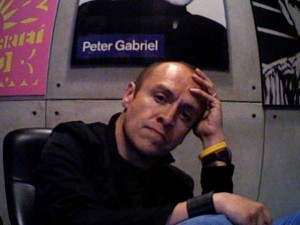

The gravitational pull of these sounds built an emotionally subliminal bond that started with a simple note from the director. “I stopped in with editor Stephen Mirrione and they were putting a few scenes together, trying to see where the movie was going. Alejandro asked me to keep in mind what I just saw, but to build the sound of the film without looking at it,” notes Hernandez. “I looked at it as more of a feeling of what I liked, not by the sound’s meaning. I wanted to make a single piece that had production sound, effects and music to get a feeling if it belongs to the movie or not.”
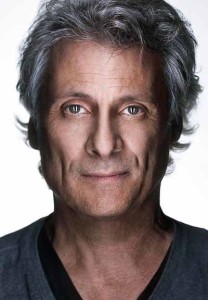
In contrast to The Revenant, nature played a desolate character in this film. The fuel to the audio fire was played by the vehicles, characters themselves. Max’s Interceptor, the War Rig, a supped up Cadillac Coupe De Ville dubbed the Gigahorse, the Nux Car, the Ploughboy, the Peacemaker, Doof Wagon, and the dozens of other road hogs that clashed with Imperator Furiosa. “All of those vehicles are real and on some level evolve out of the gearhead culture of hopped-up V8 engines and big exhausts,” Mangini said. “We took the original production recordings and then we embellished them into bigger, broader sounds.”

Throughout the film sound stayed clear from processed elements which grounded a sense of realism in the Mad Max world. “We tried to stay away from artifice,” said Mangini. “We didn’t want to use synthesis in too much of the sound design because it tends to ring untrue, and instead, we used more naturalistic and acoustical sounds.
The Martian
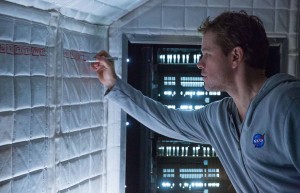
Besides the acoustical challenges in developing sound elements for the uninhabited planet, bringing life to an isolated Watney was perfectly played through his breathing. By highlighting his breaths center screen, they emphasized the importance of his fight to stay alive while at the same time connecting the audience to someone who’s more than thirty million miles away.
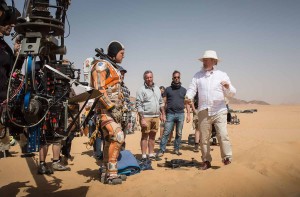 Outside the hell Watney battled, sounds were created for the Hab and the Hermes spaceship. The Hab was produced from generating low frequency oscillation tones from subwoofers that were put inside filing cabinets. In doing so, Tarney created a room that felt like it was continually shaking around Watney. It’s this kind of unique sound storytelling that separates the great films from the rest.
Outside the hell Watney battled, sounds were created for the Hab and the Hermes spaceship. The Hab was produced from generating low frequency oscillation tones from subwoofers that were put inside filing cabinets. In doing so, Tarney created a room that felt like it was continually shaking around Watney. It’s this kind of unique sound storytelling that separates the great films from the rest.
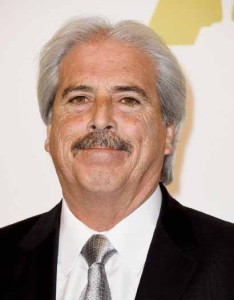
Sound editor Alan Robert Murray balanced the film’s sound in a way that let cinematographer Rodger Deakins visuals speak volumes and then invaded our ears at the precise moment. “We started scenes with a very quiet, unthreatening atmosphere and then slowly moved through them feeding different textures via subliminal low-end bass or sound design tones to make the viewer feel that something isn’t right. Then as the anxiety builds, it suddenly stops to give the audience a second to recover. Then it all hits you over the head with the crescendo of the scene. It’s calculated but very cool.”
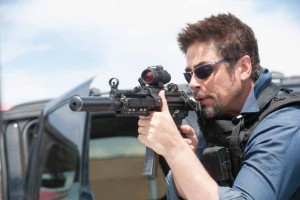
But what stands out in Sicario is the shootout that takes place in the underground tunnels. “The guns had to sound threatening in the tunnel which can be difficult because a space like that tends to wash out the sound dynamics. So when you have a scene where a shooter is off camera and then moves into view, each gunshot gets more concussive and more elements are added to the gunshot. That way by the time you’re close to the shooter the gun has totally changed but you don’t perceive it as a totally different gunshot. It’s something I call ‘dynamic realism’.”

Supervising sound editors Matthew Wood and David Acord had the difficult task of improving those iconic sounds while at the same time developing new ones that fit into a world we’re all too familiar with. “There was a lot of trial and error. Working on Clone Wars and Rebels provided a little training ground to approach our sounds for the movie, but even after working on The Force Awakens for fourteen months, creating the sound effects never got any easier,” said Acord. Wood added, “Star Wars has such a rich sound palette that has been created before by Ben Burtt. We wanted to keep that emotional thread alive from what’s come before, but David’s job was to come up with how to integrate it into the future.”

Those character sounds continued for their use of the Force too. “At the very root level of Ren’s Force we used the purr of a cat that was pitched and slowed way down to a low rumble,” said Acord. “When Rey starts to fight back, I felt like her power lie from within so I created a calming sound that was similar to a rhythmic heart.”
Vote in Below the Line‘s Unofficial Awards Poll
[poll id=”80″]





